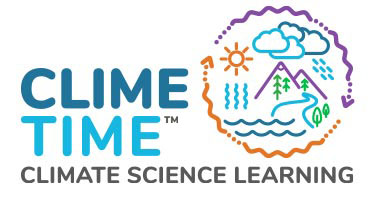Climate Justice League
Connecting social and environmental justice teaching
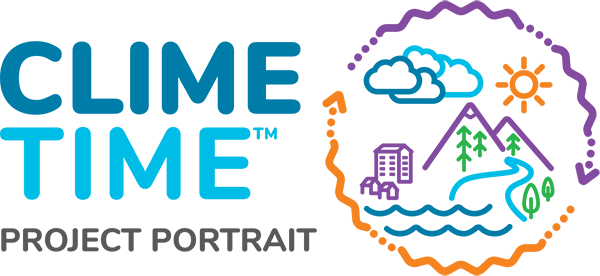
Overview
The Climate Justice League is a cohort-based professional learning experience that supports secondary teachers in designing and implementing science learning activities that highlight social justice and environmental justice connections. Teachers develop learning experiences focused on local changes and challenges and taking action to respond to these issues. These locally relevant focal phenomena also connect with regional, national, and global climate impacts and enable students to practice systems thinking in their science investigations.
What We Did
The Climate Justice League project was developed in response to several interconnected needs and opportunities. Teachers expressed interest in more in-depth and sustained professional development related to climate teaching and learning, particularly opportunities to collaborate, strategize, and reflect with other educators. This professional learning community also responded to a need in the ClimeTime network for innovative projects and practices focused on justice. Centering social, environmental, and climate justice topics in science education became a priority as youth activists called for classroom learning that addresses climate change and climate justice. At the same time, teachers recognized that learning experiences centering local issues impacting communities are more engaging and meaningful for students.
Collaborative approaches were critical throughout the design and facilitation of the Climate Justice League. Multiple perspectives were woven throughout the sessions through co-facilitation with Meredith Lohr and Sahar Arbab (EarthGen, formerly Washington Green Schools) as well as partnerships with Deb Morrison (UW Institute for Science and Mathematics Education), Liza Finkel (Lewis & Clark Graduate School of Education and Counseling), Tim Swinehart (social studies teacher involved with Portland Public Schools climate justice education), Tiffany Mendoza (Front and Centered), and Bill Bigelow (Teach Climate Justice campaign, Zinn Education Project). Through inviting a variety of collaborators to co-lead the sessions, this project amplified the voices of experts who are already deeply involved with climate change and climate justice work.
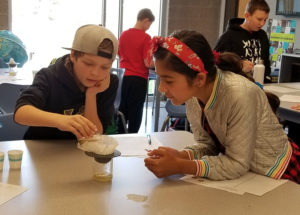 The Climate Justice League project took place over the course of three in-person days across three months. The sessions were organized around the following structure:
The Climate Justice League project took place over the course of three in-person days across three months. The sessions were organized around the following structure:
- Day 1 (agenda, slide deck): defining social justice, environmental justice, climate justice, and interconnections; Meet Today’s Climate Justice Activists Mixer activity from the Zinn Education Project Teach Climate Justice Campaign to explore multiple identities and contexts related to climate justice work; case study of urban heat islands as an example of climate impacts in the region; presentation on local climate justice issues and grassroots activism centering communities of color (An Unfair Share report); presentation on social justice within science education.
- Day 2 (slide deck): Learning for Justice (formerly Teaching Tolerance) led a session on key frameworks, approaches, and practices for social justice teaching. Teachers drew connections between their learning about climate justice and implications for classroom practice.
- Day 3 (agenda, slide deck): teachers presented about something they tried in their classrooms, shared artifacts of student
What We Learned
The Climate Justice League project has highlighted the need to recognize and address the deep interconnections between science and social justice. Science teachers often see their work as apolitical, neutral, and focused on objective facts and evidence. However, science and science learning are always influenced by and influence the social and political world. Given the crucial role of scientific literacy in civic engagement and empowerment, educators must root scientific inquiry in phenomena that are consequential for learners and communities, including social, environmental, and climate justice issues.
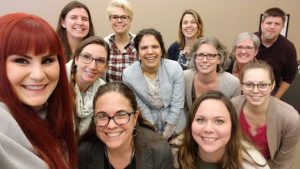 To support the weaving of climate justice phenomena into science teaching and learning, teachers need opportunities for ongoing professional development that centers justice issues. Collaborative planning time is particularly essential in order for teachers to engage in shared learning across sequences of design, implementation, and reflection.
To support the weaving of climate justice phenomena into science teaching and learning, teachers need opportunities for ongoing professional development that centers justice issues. Collaborative planning time is particularly essential in order for teachers to engage in shared learning across sequences of design, implementation, and reflection.
In the 2020-21 year, the Climate Justice League project is expanding in several ways. In collaboration with EarthGen, two other ESDs (ESD 189 and ESD 121) are facilitating their own professional learning cohorts. Within ESD 112, a subset of teachers from the 2019-20 cohort will engage in continued collaboration to develop a climate justice-focused curriculum storyline. In addition, a new 2020-21 cohort is engaging in a yearlong sequence of synchronous and asynchronous online learning activities. Extending the sessions across an entire school year will enable more time for reflection and community-building and increased flexibility for teachers to integrate climate justice topics, phenomena, and instructional approaches into multiple content areas.
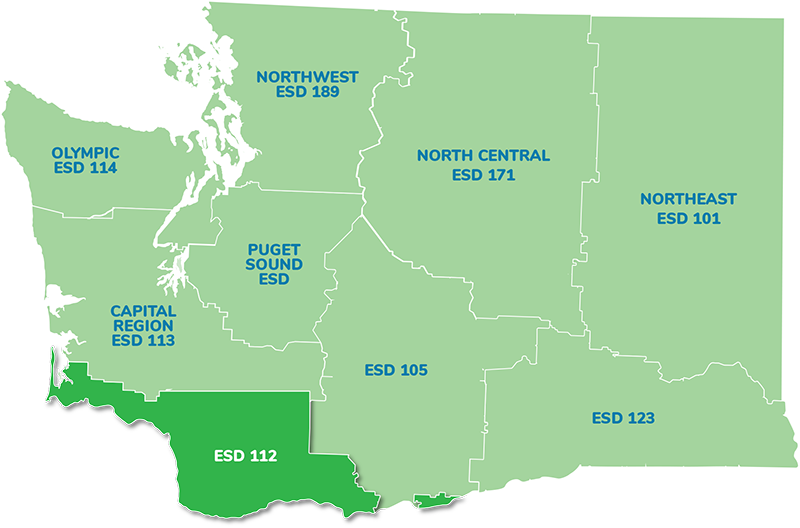
Project Reach
Teachers
Students
Project Partners

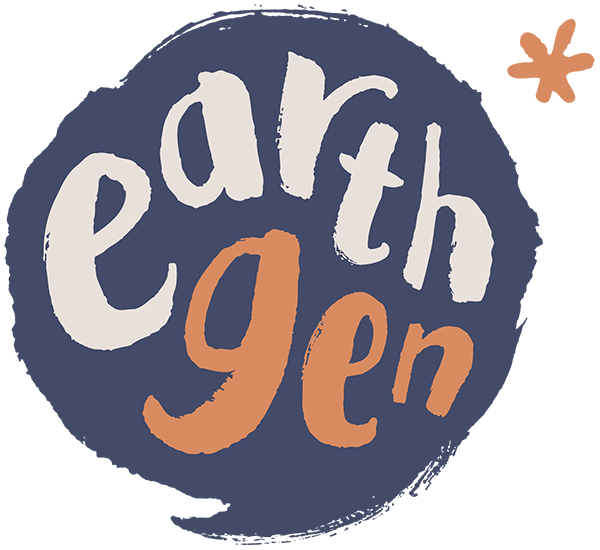
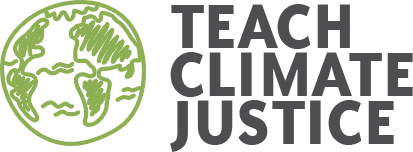
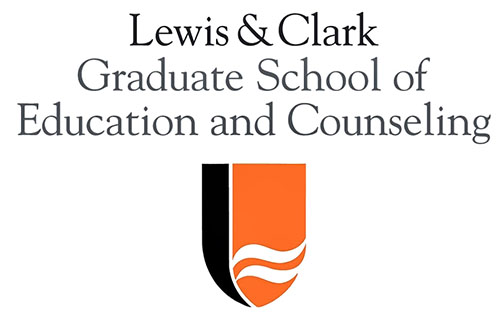
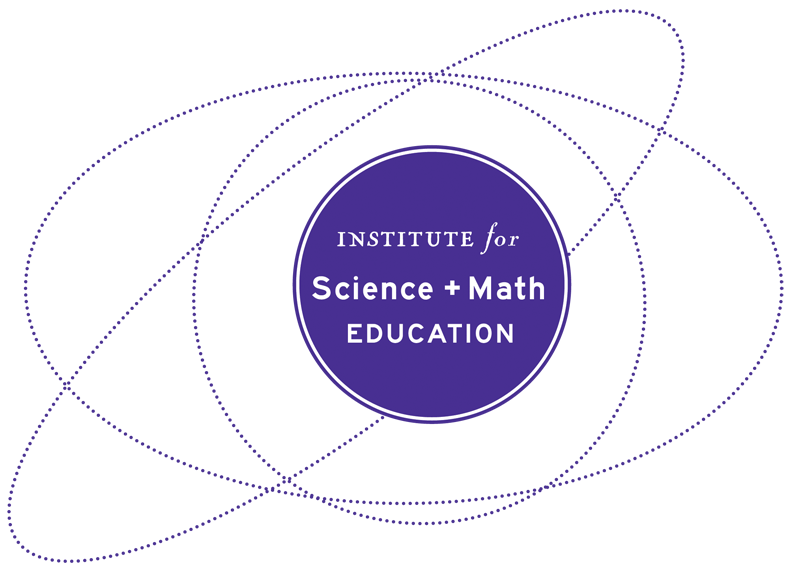
Feedback
Social justice is a critical part of science education. All domains of science make an impact on (and are impacted by) social justice. The main goal of science in our world is to explain and better understand the world around us. That picture cannot be fully understood without a lens of social justice, which speaks to human experience and helps us identify needs and promotes efforts to engineer creative solutions.
Contact
For more information contact:
Stacy Meyer, Regional Science Coordinator, Educational Service District 112
stacy.meyer@esd112.org
